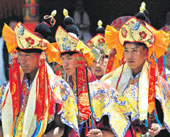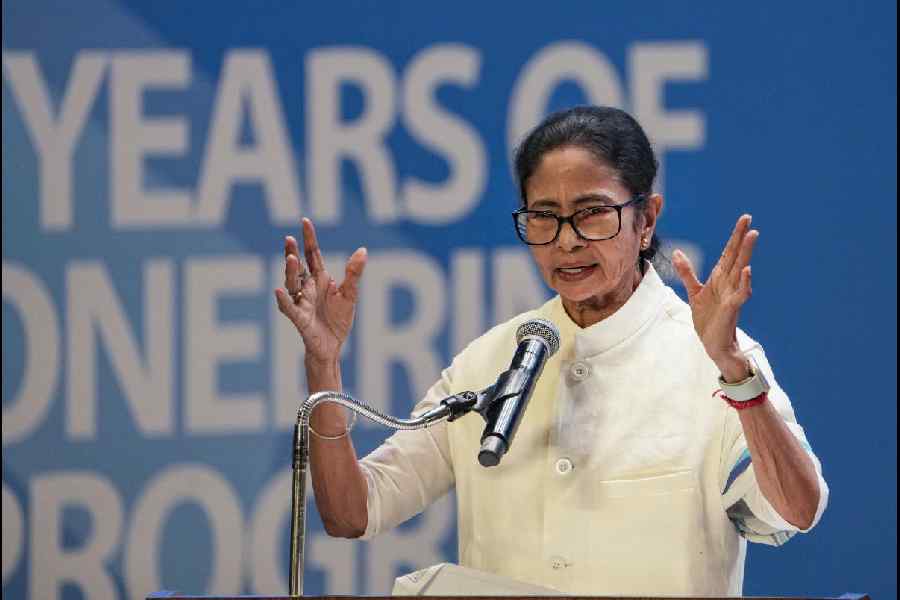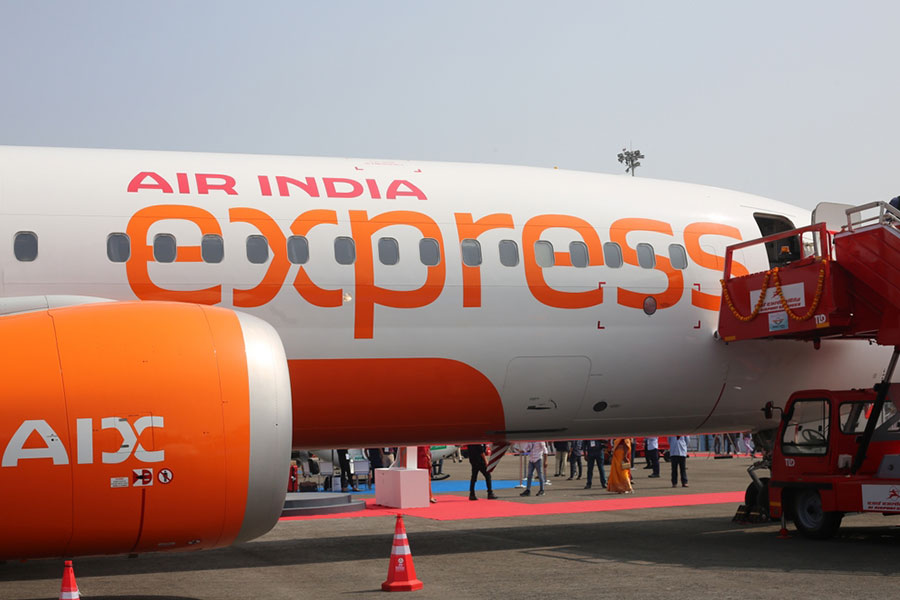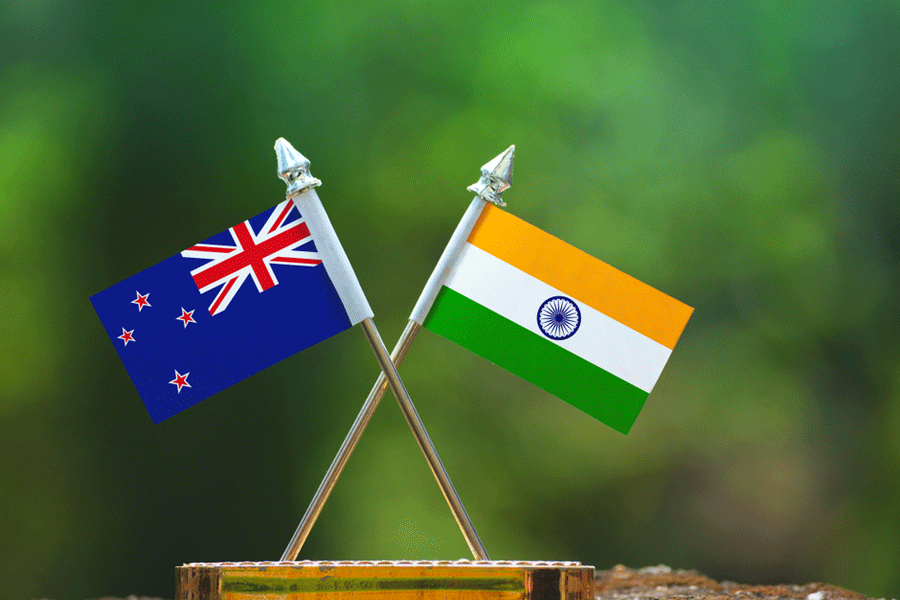 |
It?s a destination that can set off a sudden burst of adrenaline just as easily as it can make the heart palpitate. Let?s say it at the very beginning ? Ladakh is not a destination for the faint-hearted. It?s a place where the cold is biting, the silence is deafening, the stillness is chilling and the altitude is rarified enough to leave you dizzy if you haven?t acclimatised.
But if you love stark, picture-postcard views and enjoy the thrill of an outdoor holiday, Leh, Ladakh?s capital is where you must head. And the good news is that Leh is now open to visitors (right up to mid-October). As the Himalayan region basks in reluctant sunshine, it unfolds enough facets to make for a memorable holiday. Summer also means that travellers have a chance to drive on the celebrated Manali-Leh road (which is also the perfect way to arrive acclimatised). That?s 500km, over two days in a four-wheel drive. And never mind that you have missed the Hemis Festival by a whisker (in July), but come September and you can still catch the Ladakh Festival which is just as evocative. So what can you do once you get there? Everything rough and rugged ? quite like its stunning landscape.
White River Rafting (no, you don?t need to be a swimmer):
nNothing can quite beat the thrill of a choppy ride down a river over which loom craggy, mineral-laden mountains that change colour as the sun charts its journey through the day. Raft-worthy rapids in Ladakh?s rivers ? the Indus and Zanskar ? make the sport a very doable one. Rapids are usually graded between I to III for amateurs, and IV to VI (sometimes also called ball-breakers) for pros. The Zanskar and the Indus are graded at I to III with Grade I being the small, easy waves in flat waters, Grade II offering mainly clear passages with some areas of difficulty while Grade III are the toughies with difficult passages and high waves. On the Indus, the recommended rafting stretch lies between Leh to Phey.
An hour away from Leh, rafting expeditions take you to the point where the Zanskar flows into the Indus. Dip your hand into the waters and feel the difference ? in the colour and temperature. The point of confluence is called Nimo and many rafting camps are based here. There are several travel agencies that offer packages, also giving you the chance to camp on the sandy shores of the rivers.
Trekking:
nDie-hard trekkers usually brave the Ladakh chill to walk amidst its dark mountains. The treks from Spituk to Markha Valley, Kamayuru Gompa to Chiling village and from Likir to Temisgam are the most popular. Trekking can be enjoyed from June to mid-October. Trekking companies in Leh offer packages that include supplies, horses and guides. Start with the seven to eight days trek from Leh that passes through the Markha valley, Stok village and the famed Hemis monastery.
Best Excursion:
nYou can?t miss out on a trip to Pangong Lake (160km from Leh), straddling both India and China. On the way, you?ll pass the Thiksey monastery and the Changla Pass. As a string of small villages pass by, you will be rewarded with glimpses of red and orange clad monks, and countless fluttering prayer flags. The Pangong Lake is dramatic as it is surrounded by the same towering mountains that change colour, that are reflected in the lake giving the semblance of the waters changing from brown to blue to rust.
Monasteries:
nThe gompas or Buddhist monasteries cling precariously to rocky walls and hilltops, towering over tiny hamlets. Walk into one, be bowled over by their dark staircases, open courtyards with rows of whirling prayers wheels and halls that are usually dominated by a statue of the Buddha. Ladakh has countless gompas and one can?t hope to visit all in one trip. But try and visit the best-known ones that can be conveniently reached from Leh. There?s Hemis, the largest and the richest gompa (48 km); the 12-storey Thikse Gompa (19 km); Shey Gompa (15 km) that was once a royal residence and known today for the three-storey copper and brass image of the Buddha; and Spituk Gompa (18 km) that dates to the 11th century.
Passes:
nThese are the gateways that connect inaccessible points in the Himalayan region when the winter snow cuts them off from the rest of the country. Ladakh boasts of the world?s two highest motorable passes and bravehearts are known to go visiting. Khardungla at 18,300ft and Taglangala at 17,500ft are worth driving up to. Khardungla is the way to the highest point in Ladakh, Karakoram, while Taglangala lies on the Manali Road and above Changla. If you?re lucky, you?ll spot nomadic herdsmen, the black crane or the elusive snow leopard.










